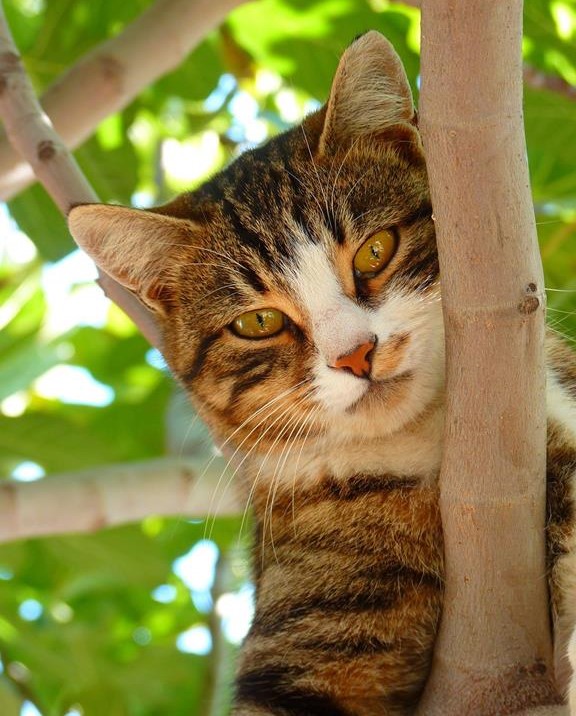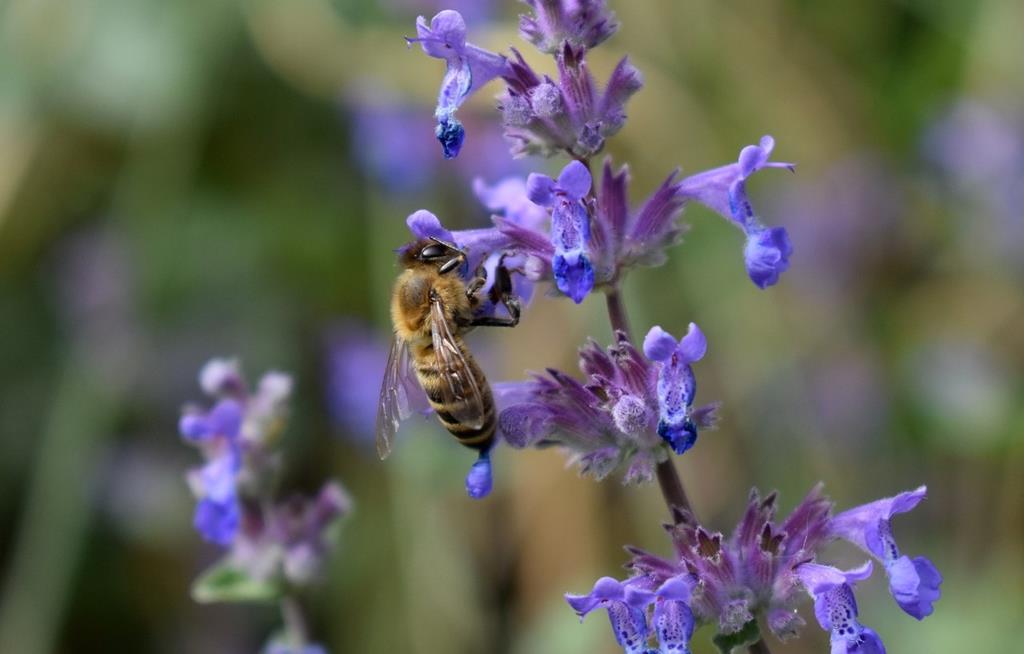Catnip is a well-known and intriguing plant that has a remarkable effect on many cats. But what exactly is catnip, and is it good for our feline friends? In this article, we will explore the world of catnip, its effects on cats, and whether it is beneficial for our furry companions.
What is Catnip?
Catnip, scientifically known as Nepeta cataria, is a herbaceous plant belonging to the mint family. It is native to Europe and Asia but is now commonly found throughout North America. Catnip is famous for its unique ability to induce a range of behaviors in cats, from playfulness to relaxation.
Effects of Catnip on Cats
Catnip contains a compound called nepetalactone, which triggers a response in cats when they come into contact with it. The effects of catnip on cats can vary, but some common reactions include:
- Excitement and Playfulness: Many cats become highly active, playful, and sometimes even hyper when exposed to catnip. They may chase, pounce, and exhibit energetic behavior.
- Rolling and Rubbing: Cats often roll in and rub against catnip, spreading the scent on their fur. This behavior is thought to be a way of marking territory.
- Purring and Vocalization: Some cats may vocalize more, purr loudly, or meow when under the influence of catnip.
- Relaxation: On the flip side, catnip can also induce a sense of relaxation in some cats. They may become more calm and serene.
- Enhanced Play: Catnip can make toys more appealing to cats, encouraging them to engage in interactive play.

Is Catnip Safe for Cats?
Catnip is generally safe for cats when used in moderation and in its natural form. It is non-toxic and does not pose any significant health risks to cats. However, there are a few important considerations:
- Individual Variation: Not all cats respond to catnip in the same way. Approximately 50-70% of cats are affected by catnip, while others may not show any reaction at all. Kittens and elderly cats are less likely to respond.
- Duration of Effect: The effects of catnip are typically short-lived, lasting anywhere from 10 to 30 minutes. Afterward, cats may lose interest until their sensitivity to catnip resets, which can take several hours.
- Moderation: While catnip is safe, it’s advisable to use it in moderation to prevent overstimulation or habituation. Excessive exposure may lead to a reduced response over time.
- Avoid Overuse: Overuse of catnip can lead to a cat losing interest in it altogether. To maintain its appeal, use it as an occasional treat or during playtime.
- Safety of Catnip Products: Be cautious when using catnip-infused products like toys or sprays. Ensure that these products are safe and made with high-quality ingredients.

How much catnip plant can a cat eat?
Cats can safely consume small amounts of fresh catnip leaves or dried catnip in moderation. However, it’s important to emphasize that catnip is primarily used for its stimulating and recreational effects on cats rather than as a dietary supplement.
If you’re considering giving your cat some catnip to eat, follow these guidelines:
- Fresh Catnip Leaves: If you have a catnip plant, you can offer a small amount of fresh leaves. Start with a single leaf or a small pinch and observe your cat’s reaction. Most cats will sniff, chew, and rub against the leaves. Do not provide large quantities.
- Dried Catnip: Commercially available dried catnip is a common way to give cats access to catnip. You can sprinkle a small amount on a scratching post, in a toy, or on a designated play area. A pinch or a small amount should suffice.
Remember that the effects of catnip on cats are typically short-lived, lasting around 10-15 minutes, and cats may become less responsive if exposed to it too frequently. To prevent overexposure, it’s a good idea to limit access to catnip to occasional play sessions, toys, or as a reward for positive behavior. Always monitor your cat’s response to ensure they don’t ingest large quantities, as this may lead to an upset stomach or diarrhea in some cases. If you have any concerns about your cat’s reaction to catnip or their overall health, consult your veterinarian.
FAQs
-
What is catnip, and is it safe for cats?
- Catnip is a herbaceous plant known for its effects on cats. It’s safe for most cats and often used as an enrichment tool. When cats come into contact with catnip, they may exhibit playful and sometimes hyperactive behaviors.
-
How does catnip affect cats, and why do they react to it?
- Catnip contains a compound called nepetalactone, which binds to receptors in a cat’s nasal tissue and stimulates sensory neurons. This reaction can lead to behaviors like rolling, rubbing, and purring, which are typically associated with playfulness and contentment.
-
Are all cats affected by catnip?
- No, not all cats are affected by catnip. Sensitivity to catnip is hereditary, and approximately 50-70% of cats are responsive to it. Kittens and elderly cats are less likely to respond, while some breeds are more sensitive than others.
-
Is catnip safe for kittens?
- Catnip is generally considered safe for kittens, but it may not have a significant effect until they are a few months old. Be cautious when introducing catnip to kittens and monitor their reaction, as some may become overly excited.
-
Can cats overdose on catnip?
- Cats cannot overdose on catnip in the sense of it being toxic, but giving cats too much catnip too often can diminish their sensitivity to it. It’s best to use catnip sparingly and as an occasional treat or enrichment tool.
-
Are there any alternatives to catnip for cat enrichment?
- Yes, there are alternatives to catnip for enriching your cat’s environment. Silvervine, valerian root, and honeysuckle are some examples of cat-friendly plants that can have similar stimulating effects. Toys, puzzle feeders, and interactive playtime can also be great ways to keep your cat entertained and mentally engaged.
Conclusion:
In conclusion, catnip is generally safe and can be an enjoyable and stimulating experience for many cats. It provides a form of enrichment and entertainment, making it a valuable addition to a cat’s environment. However, individual reactions may vary, and moderation is key to prevent overstimulation. If you’re uncertain about how your cat will react to catnip or have any concerns about its use, consult with your veterinarian for guidance. When used appropriately, catnip can be a wonderful way to engage and amuse your feline companion.



